#technicaltextiles
Text
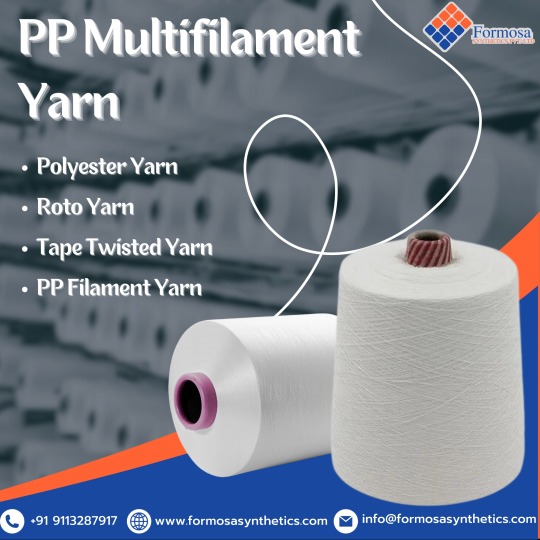
#PolypropyleneYarn#TextileIndustry#DurableMaterials#CustomizationOptions#SustainableManufacturing#ChemicalResistance#MoistureResistance#LightweightMaterials#Geotextiles#TechnicalTextiles#PPYarn#YarnTypes
0 notes
Text
Technical Textile in Material Characterization
In the world of textiles, innovation is the name of the game. Technical textiles, designed for their unique properties and functions, have opened up a realm of possibilities in industries ranging from healthcare to aerospace. But what lies beneath the surface of these remarkable materials? That's where material characterization comes into play.
Material characterization is the key to unlocking the true potential of technical textiles. It allows us to delve deep into the material's properties, from its porosity to its permeability, and even its surface area. Armed with this knowledge, we can engineer textiles that are not just functional but optimized for specific applications.
At Material Intelligence Lab, we're passionate about exploring the intricacies of technical textiles. Our state-of-the-art instruments and cutting-edge techniques enable us to analyze these materials at a microscopic level. By understanding their composition and behavior, we can fine-tune technical textiles to meet the exacting demands of various industries.
But it's not just about the science; it's about the impact. From designing advanced filtration systems for clean air and water to creating protective gear for frontline heroes, material characterization in technical textiles paves the way for innovation that changes lives.
#MaterialCharacterization#TechnicalTextiles#Innovation#MaterialScience#MaterialIntelligenceLab#ExploreTheScience
0 notes
Link
Chemicals in textiles have evolved into a highly specialized sector that employs a wide range of chemistries, both organic and inorganic, to provide aesthetic
0 notes
Photo
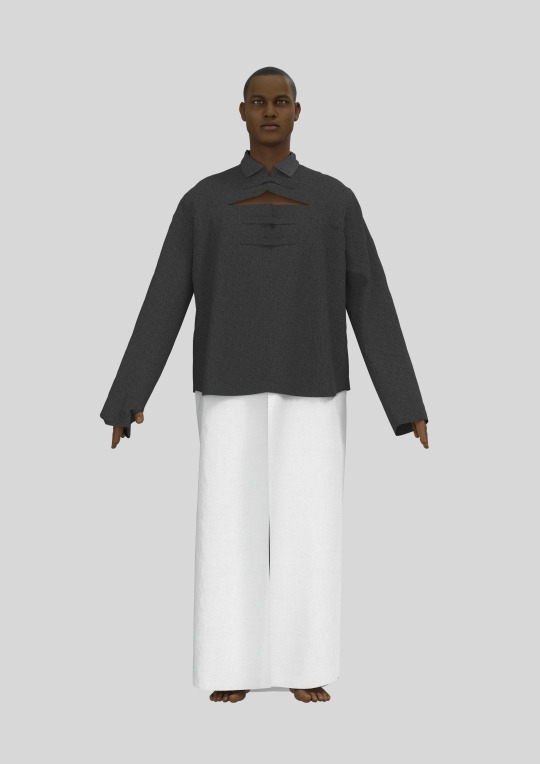
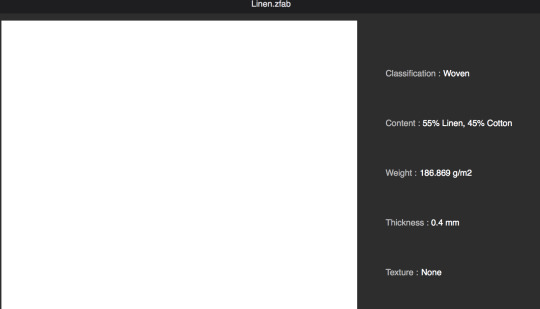
Material testing - Linen
I tried to simulate the under layer in Linen, first of all it is not a 100%, so i can not use this. I see almost no difference between the render of the Cotton vs Linen. I am going to insert a texture of a 100% Linen later in Pixplant, hoping to see more of a relief in the fabric which Linen usually has.
1 note
·
View note
Photo

With its vast range of uses and superior performance, technical textiles has raised our comfort levels and provided us with a greater diversity of life experiences. With new discoveries appearing on a regular basis, their new uses are unquestionably beneficial to humanity.
Read more @ https://cmiinfoistic.blogspot.com/2021/11/technical-textiles-applications-are.html
0 notes
Text
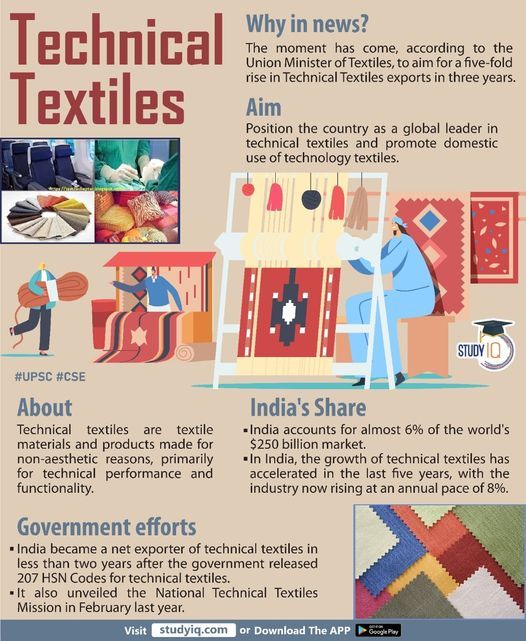
0 notes
Text
How India is now dumping Chinese fabric after dumping Chinese apps
#apps#army#atmanirbhar#atmanirbharbharat#china#chinese#chinesefabric#chineseimports#defence#defense#fabric#import#india#indianarmy#indianfabric#militaryuniforms#modi#narendramodi#selfreliance#technicaltextiles
0 notes
Photo
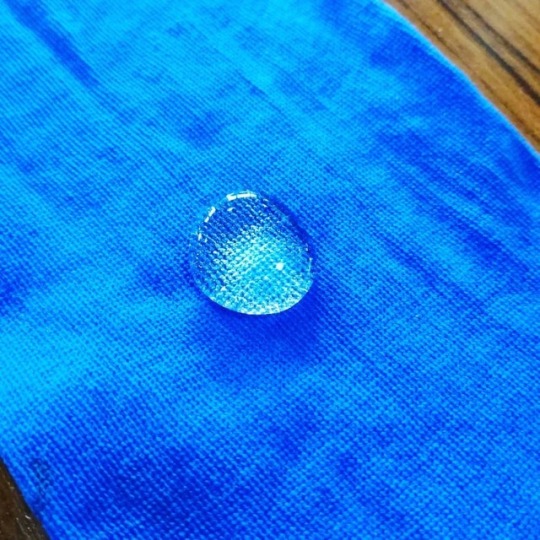
Water repellent yarns #waterrepellent #technicaltextiles (at Istanbul Province) https://www.instagram.com/p/BxxaoB4h1hm/?igshid=55zi634jkxp5
0 notes
Text
Explore Polypropylene Yarn: Diverse Types, Customization Options, and Specialty Applications
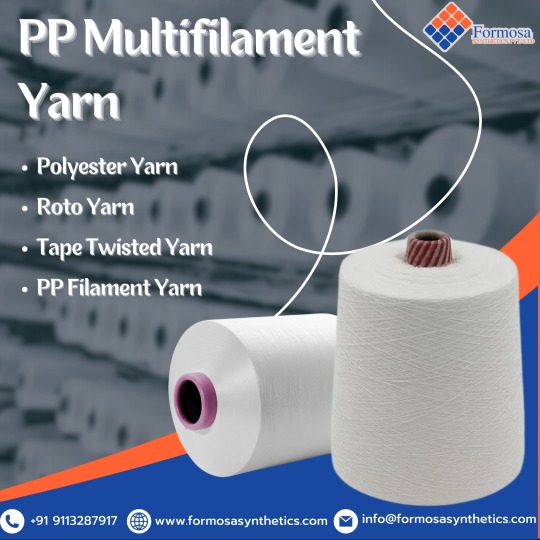
Introduction
Polypropylene yarn is a versatile synthetic fiber widely used across industries for its durability and resistance to various elements. It’s derived from polypropylene, a tough plastic known for its strength and light weight. In textiles, it’s valued for its affordability and ability to withstand wear and tear. Beyond textiles, it’s used in construction, agriculture, and industrial settings due to its strength and resistance to chemicals and UV rays. In this guide, we’ll explore its properties, types, customization options, and applications, highlighting its importance in diverse fields.
Understanding Polypropylene: Properties and Characteristics
Polypropylene, often abbreviated as PP, is a versatile thermoplastic polymer renowned for its exceptional properties and wide-ranging applications. Let’s delve into the key characteristics that make polypropylene a preferred choice across industries.
Lightweight and Durable
Chemical Resistance
High Heat Resistance
Moisture Resistance
Flexibility and Moldability
Recyclability
In summary, polypropylene stands out for its lightweight, durable, and chemically resistant properties, making it indispensable across a multitude of applications. From packaging materials to automotive components, polypropylene continues to demonstrate its versatility and reliability in diverse industries worldwide.
Types of Polypropylene Yarn
Polypropylene yarn, with its versatility and durability, encompasses various types catering to diverse industrial and commercial needs. Understanding each type is crucial for optimizing applications. Let’s delve into the key characteristics and applications of different polypropylene yarn varieties:
1. Polyester Yarn:
Polyester yarn stands out for its exceptional strength and resilience, making it ideal for applications requiring durability.
2. Roto Yarn:
Roto yarn is renowned for its uniformity and smooth texture, achieved through a specialized spinning process.
3. Tape Twisted Yarn:
Tape twisted yarn features a distinctive structure characterized by twisted flat filaments, offering enhanced surface area and strength. This construction lends itself well to applications requiring dimensional stability and robustness.
4. PP Filament Yarn:
PP filament yarn is prized for its lightweight yet durable nature, making it a preferred choice for a wide range of applications.
Customization Options for Polypropylene Yarn
Polypropylene yarn offers a myriad of customization options, allowing manufacturers to tailor the yarn to specific requirements and applications. Understanding these customization choices is essential for optimizing product performance and meeting customer needs.
Color
Denier
Twist
Additives and Treatments
Specialty Applications of Polypropylene Yarn
Polypropylene yarn serves diverse purposes across industries due to its exceptional properties:
Textiles and Apparel
Geotextiles and Agriculture
Industrial and Technical Applications
Conclusion
Polypropylene yarn emerges as a versatile and durable material, prized for its resilience in various industries. With exceptional properties like chemical and moisture resistance, along with high heat tolerance, it serves diverse applications from textiles to industrial settings. Through customizable options like color, denier, and additives, polypropylene yarn offers tailored solutions, driving innovation and sustainability. Its role in specialty applications such as sportswear, automotive upholstery, and geotextiles underscores its adaptability and reliability. As industries evolve, polypropylene yarn remains a strategic choice, ensuring efficiency, durability, and environmental consciousness in manufacturing processes worldwide.
Read More
#PolypropyleneYarn#TextileIndustry#IndustrialApplications#CustomizationOptions#InnovativeMaterials#ChemicalResistance#LightweightMaterials#Geotextiles#TechnicalTextiles#PPYarn#YarnTypes
0 notes
Text
Technical Textile is a Fiber Product Made for Non-Commercial Aesthetic Purposes, in which Function is the Main Criteria
Technical Textile is a fiber product made for non-commercial aesthetic purposes, in which function is the main criteria. Technical textiles consist of synthetic fabrics for automotive applications, medical textiles, geotextiles, and textile protective clothing. The most commonly used fabrics in these applications include automotive seat covers, floor mats, car floor mats, underseat coverings, console covers, and steering wheel covers. In addition, there are many other uses of technical fabrics.
Automotive Technical Textiles include floor mats, steering wheel covers, car floor protectors, and splash guards. Medical textile items are also manufactured for medical applications. Such items may include gowns, bandages, towels, gloves, and face masks. Geotextile is an application commonly seen in the automotive and industrial fields. This technical textile refers to the synthetic fibers that are woven into fabrics to provide strength, durability, stretchability, and resistance to wear. Applications involving stretchability have become very important in the last ten years. These advances have helped to make textile products much more convenient to use and more appealing to the eye. A common stretchable textile is a denim. Denim is often used in jeans, T-shirts, jackets, and dress shirts. Another common stretchable textile is spandex, used in athletic garments such as soccer uniforms, tracksuits, and hockey pads.
Read More@ http://bit.ly/30MNucX
0 notes
Photo
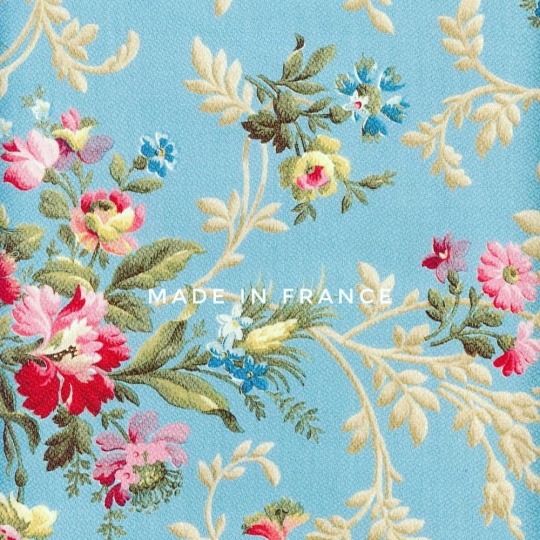
🇫🇷 As for textile and apparel production, France ranks as the third-largest in Europe, behind only Italy and Germany. France accounts for over 12% of total textile and apparel sales and 10% of the textile workforce in Europe. 🇫🇷 France has started focusing on innovative and technical textiles while still supporting their fashion industry. France actually creates 24% of Europe's technical textiles, which makes them very influential in this arena. France currently makes products like: 1. Shades for farms and gardens that help filter the sun to allow for better farming in more extreme climates 2. Fiberglass for construction purposes 3. Material for airbags 4. Sails for boats France has become second in creating the largest amount of synthetic materials in Europe. This field actually employs approximately 47% of people living in the areas where the mills and labs are located, like Rhone. . . . . #madeinfrance #paris #frenchtextile #frenchfabric #fabricinnovation #technicaltextile #fabrichacks #fashion #design #luxury #france #frenchtradition #synthetictextiles #textileindustry #fabricworld (at France) https://www.instagram.com/p/CE6G4XPjgYL/?igshid=1us7nvnyc288y
#madeinfrance#paris#frenchtextile#frenchfabric#fabricinnovation#technicaltextile#fabrichacks#fashion#design#luxury#france#frenchtradition#synthetictextiles#textileindustry#fabricworld
0 notes
Photo
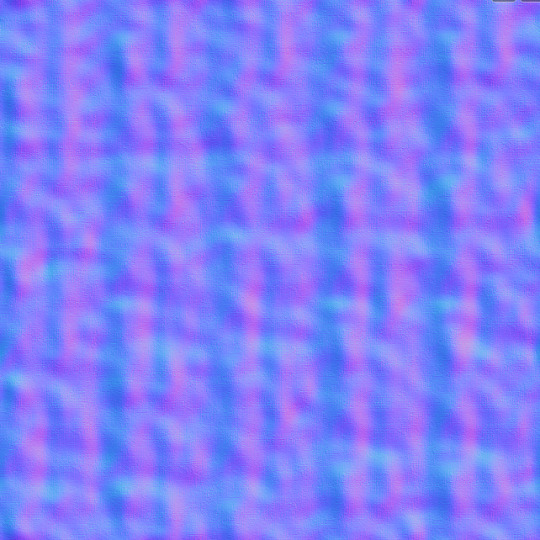
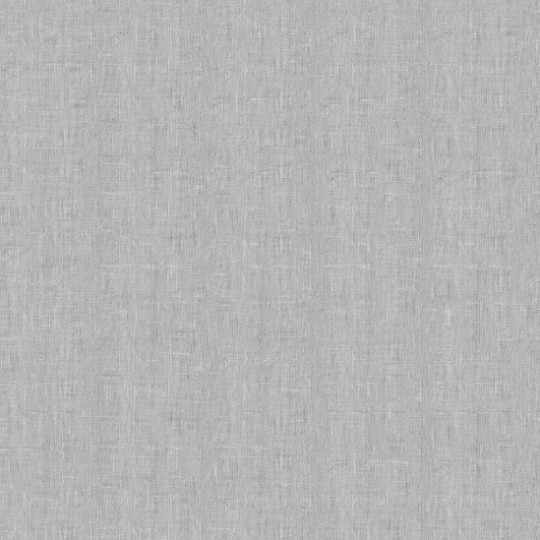

Linen Pixplant texture -
Made my own Linen texture in Pixplant, the one already in CLO library was almost 50% Cotton. The texture which I used now is from a 100% Linen. It shows more of that relief that I wanted.
0 notes
Photo

Bugüne kadar yaptıklarımız, yapacaklarımızın teminatıdır.👊🏻 Ortağı olduğumuz @threadinmotion firması ile bu seneki @webrazzi ödüllerine 2 kategoride adayız. Bu yar��şmada Yılın Girişimi ve Yılın İoT Girişimi konusunda aday olduğumuz için bile çok gururluyuz. Tekstil gibi Türkiye olarak iyi olduğumuz bir alanda teknolojiyi harmanlayarak yabancı otomotiv firmalarının üretimlerinde kullandığı 100% Türk yapımı bir ürün çıkarttığımız için daha da mutluyuz. Oy vermek için profilimizdeki link’e veya story’den link’e girebilirsiniz. Şimdiden destekleriniz için çok teşekkürler. 👏🏻👏🏻👏🏻🏆 • • • www.threadinmotion.com • • • #webrazzi #threadinmotion #modafabrik #modafabrikheryerde #webrazziödülleri #proud #technicaltextiles #techtextil (Modafabrik) https://www.instagram.com/p/Br2ptiUHsLa/?utm_source=ig_tumblr_share&igshid=bm1p8949kl2r
#webrazzi#threadinmotion#modafabrik#modafabrikheryerde#webrazziödülleri#proud#technicaltextiles#techtextil
0 notes
Text
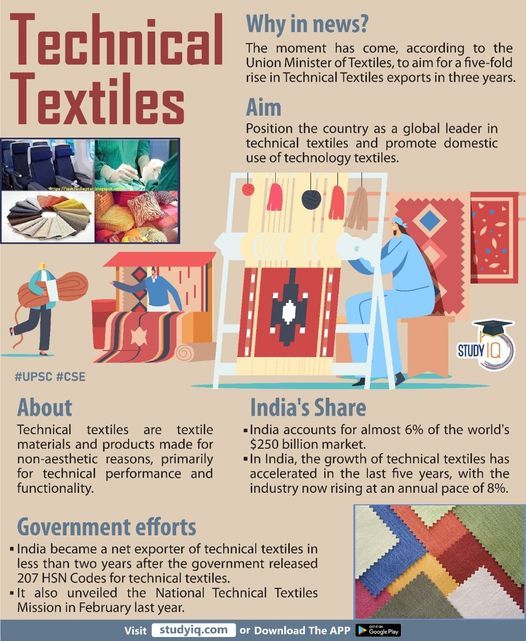
0 notes
Photo
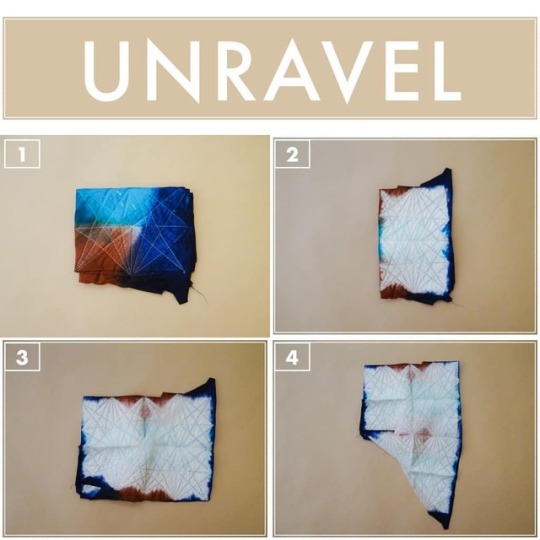
UNRAVEL STORY FOR A TEXTILE GONE THROUGH 23 LAYERS OF ASYMETRICALY ORIGAMI FOLDS. DYED IN THREE DIFFERENT DYEING POTS . #asymmetrical #origami #folds #process #processbook #learnshibori #learncraft #dyeing #shiboriworkshop #exploretocreate #explore #japanesetextiles #indojap #technicaltextiles #geometry #creativetextiles #creativeminds #textileart #textileartist #textiledesign #textileprint #shiboritextiles #craft #fabricdesign #fabricaddict #fabric
#geometry#creativeminds#indojap#learnshibori#textiledesign#craft#exploretocreate#creativetextiles#textileartist#shiboriworkshop#technicaltextiles#fabricaddict#dyeing#explore#learncraft#folds#japanesetextiles#fabric#asymmetrical#origami#processbook#shiboritextiles#process#textileprint#textileart#fabricdesign
0 notes
Photo

This weekend was full of exciting stuff 😬 #Repost from @bria_uk with @regram.app ... More action. Moin and Zeba ~ prototype development #technicaltextiles #fashiontech #materialstech #material #materialfutures #textileinterfaces #futurefashion #smarttextiles #designer #IoT #smarthomes #haptics #interface #UI #lighting #textiledesign #textileinnovation #innovation #biology #medicalimaging #print #prototype #costumedesign #costume #dance @zeba.safdar
#futurefashion#iot#repost#innovation#print#ui#technicaltextiles#costumedesign#lighting#textileinnovation#medicalimaging#biology#designer#smarthomes#material#costume#smarttextiles#dance#materialfutures#materialstech#interface#prototype#fashiontech#textileinterfaces#textiledesign#haptics
0 notes